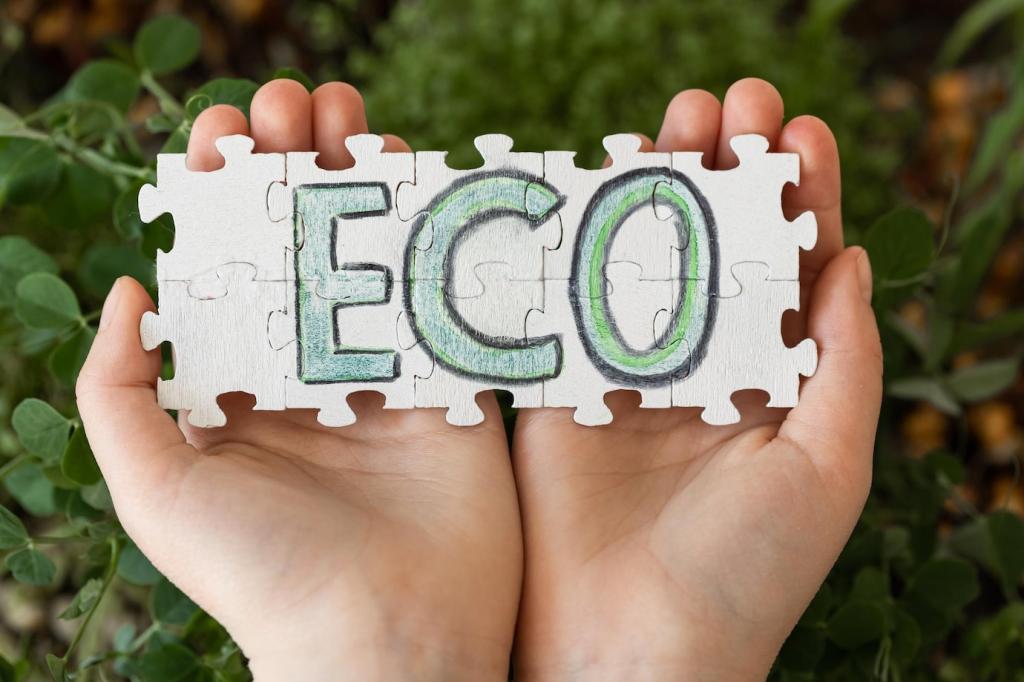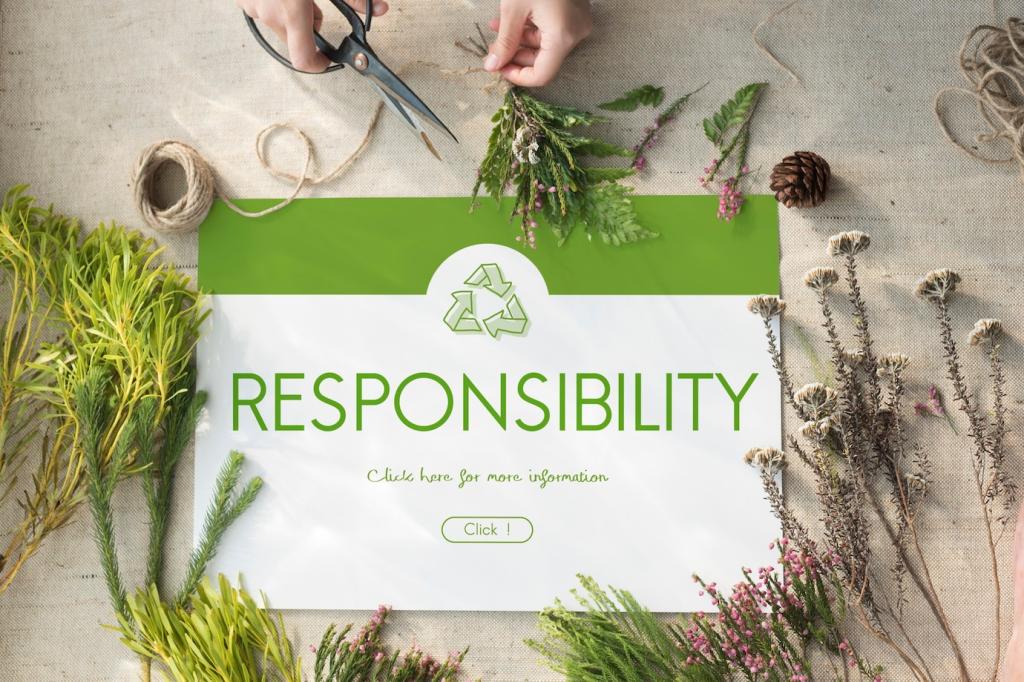Low-VOC Boards and Bio-Based Alternatives
Harvested from bark without felling the tree, cork brings thermal resistance, acoustic calm, and resilience to impact. Use as continuous exterior insulation or interior panels. Share a photo of a wall you’d upgrade, and we’ll brainstorm a cork-based detail together.
Low-VOC Boards and Bio-Based Alternatives
Wood fiber boards add continuous insulation while improving drying potential and reducing thermal bridges. They screw on easily and accept cladding over ventilated rainscreens. Ask about your siding type, and we’ll recommend a compatible wood fiber approach.










